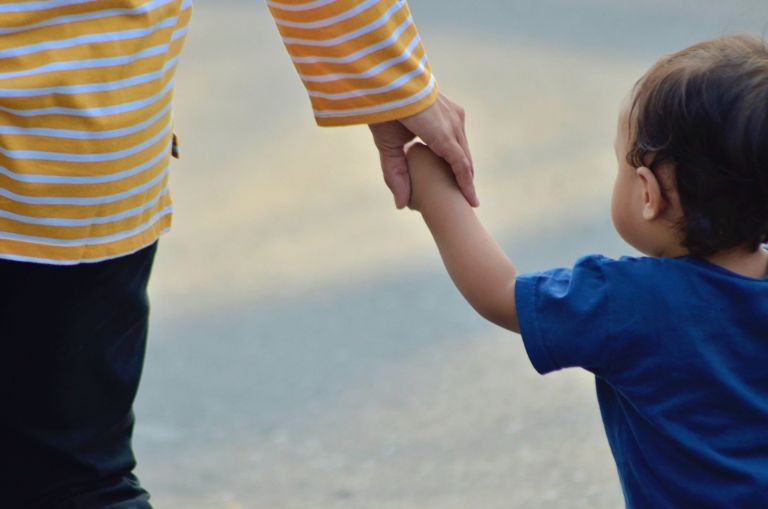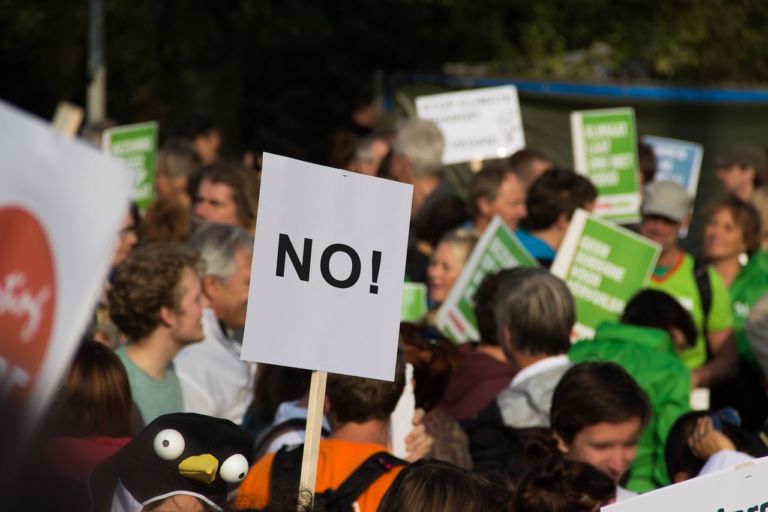You may have heard of the Scared Straight program that sought to use prison visits to keep teens on the right side of the law. It did not. The effort is one of the few programs in the Results First database that had negative social returns on each dollar spent. It seems seeing prison actually took away some of the fear of prison.
Exposure to something can make it seem less threatening by making it less foreign. For good things and bad, the anticipation of something is usually more heightened than the reality. Melissa Kearney and Phillip Levine suggest something similar for young men and women who grow up in economically disadvantaged homes in states where there is a wide gap between those in the 10th percentile of income and those at the median. The young women “are significantly more like to become young, unmarried mothers,” though not necessarily high school dropouts. The young men are more likely to drop out of school.
After discarding a number of observable reasons for the higher rate of dropping out for the young men, Kearney and Levine are left with an unexplained correlation with income income inequality. They suggest two approaches to encourage high school completion and college attendance. First, improve the returns to education, which have stagnated for high school graduates relative to dropouts. Second, improve the students’ perception of what they can accomplish through better parenting, more early childhood interventions, mentors, or moving physically moving to neighborhoods where opportunity is visible. Hope has to be visible.


